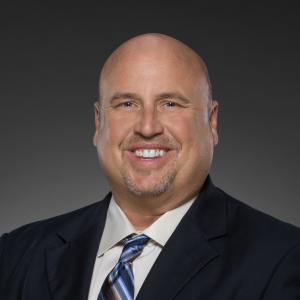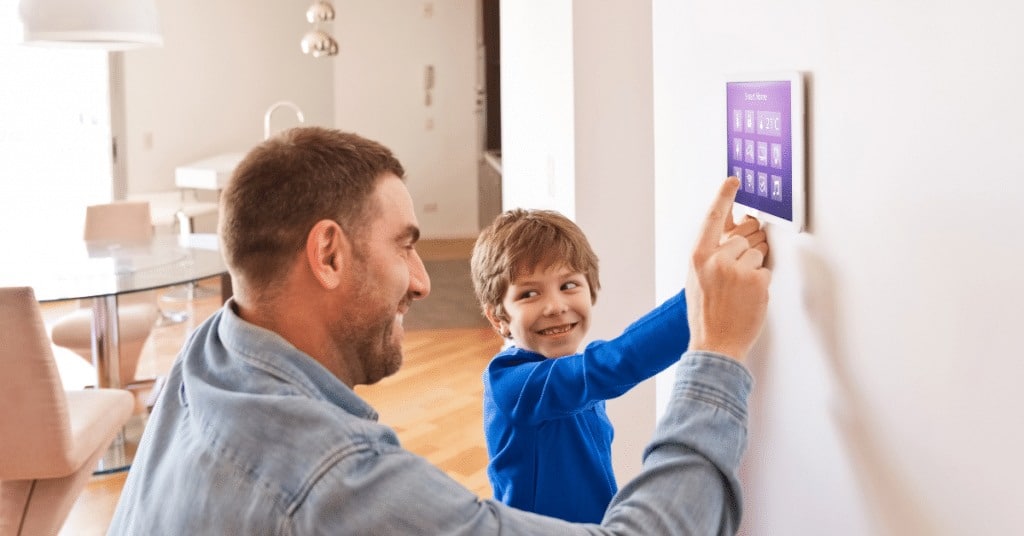
EnergyHub Team
August 2, 2022

We sat down with Blake House, Vice President of Member Services at Sawnee EMC to learn more about the role DR plays in their strategy and how they’re continuing to evolve their program nearly three decades into their journey.
EnergyHub (EH): How does demand response fit into Sawnee’s mission to serve members’ changing energy needs?
Blake House (BH): We strive to be a trusted energy partner for our members, and scaling demand response is a smart financial decision for everyone involved. The less peak demand we have on our system, the lower our power cost will be, and we can pass those savings along to our members and help keep future power costs down.
I’ve been with Sawnee EMC for 26 years, and I learned that energy efficiency, conservation, and demand response were a major part of part of our philosophy since my first day on the job. From rebates for improvements like programmable thermostats, HVAC tune-ups, and attic insulation to incentives for participation in DR, we need every tool we can add to our belt.
EH: What led you to consider working with a DR vendor, and what problems were you trying to solve? I understand you’ve had a switch-based program for many years.
BH: We’ve had a switch-based load management program since before I started with the company nearly three decades ago. Back then we even had switches on electric water heaters. It was, and continues to be, an important part of our commitment to offer incentive programs to our members and we have over 44,000 switches installed.
In recent years, when we’d do maintenance on members’ units, more and more were upgrading to a new unit that was incompatible with our existing switch. We were losing 1,000 or more participants – members who loved the program and wanted to continue to participate – but simply due to new technology and incompatibility, they could not. That led us to consider new approaches to managing HVAC units, which led us to EnergyHub.
EH: How did you partner with EnergyHub to design a solution that would achieve your goals?
BH: The program we developed with EnergyHub, called Smart Savers, helped us continue to offer participation in DR programs to our members who had upgraded their HVAC systems or were new members who wanted to get involved but weren’t interested in a switch.
We’re now in our fifth summer running the Smart Savers program, and it’s become an important part of our load management strategy. Through collaborative marketing efforts with EnergyHub, we’ve met our signup goal every year, from 3,000 in year one to more than 17,000 devices enrolled today.
With 61,000 enrolled HVAC units between our two programs, a good percentage of our 170,000 residential meters are participating in demand response.

EH: What lessons have you learned from running the Smart Savers program over the past five years that other utilities could benefit from?
BH: First off, communication is key. When we introduced the smart thermostat program, we saw a few early issues with people who were unfamiliar with how the new program would work – either they didn’t realize their temperature setpoint would be adjusted (as opposed to their unit cycling off in the switch program) or they didn’t know they needed wifi to participate.
Most issues came down to a need for member education. EnergyHub partnered with us on a robust marketing plan to bring people up to speed through email, social, and print communications. It was both effective–members quickly got up to speed–and it took pressure off our team, because Sawnee employees didn’t have to manage much of the marketing effort.
Second, I was initially skeptical about pre-cooling but after piloting the program at EnergyHub’s encouragement, I’ve become a believer. Last year, we were seeing load shed of approximately 0.8kW per device. We’re working toward 1kW/device, and precool is helping us get there. The five events we’ve run since June have improved per-device load shed by 13%, and with continued optimization we believe precooling will help maximize the impact of the program.
EH: Thanks for the conversation, Blake. Anything else you’d like to add?
BH: I can’t say enough about the people at EnergyHub. From Tyler and Chris on the sales team coming to see us at the office to the conversations I have on an ongoing basis with our client success team, everyone that we’ve worked with has been very responsive. Anything we’ve needed, the 16 has answered the call.
Interested in keeping up with the latest dispatch from the grid edge?
Get our next post in your inbox.

